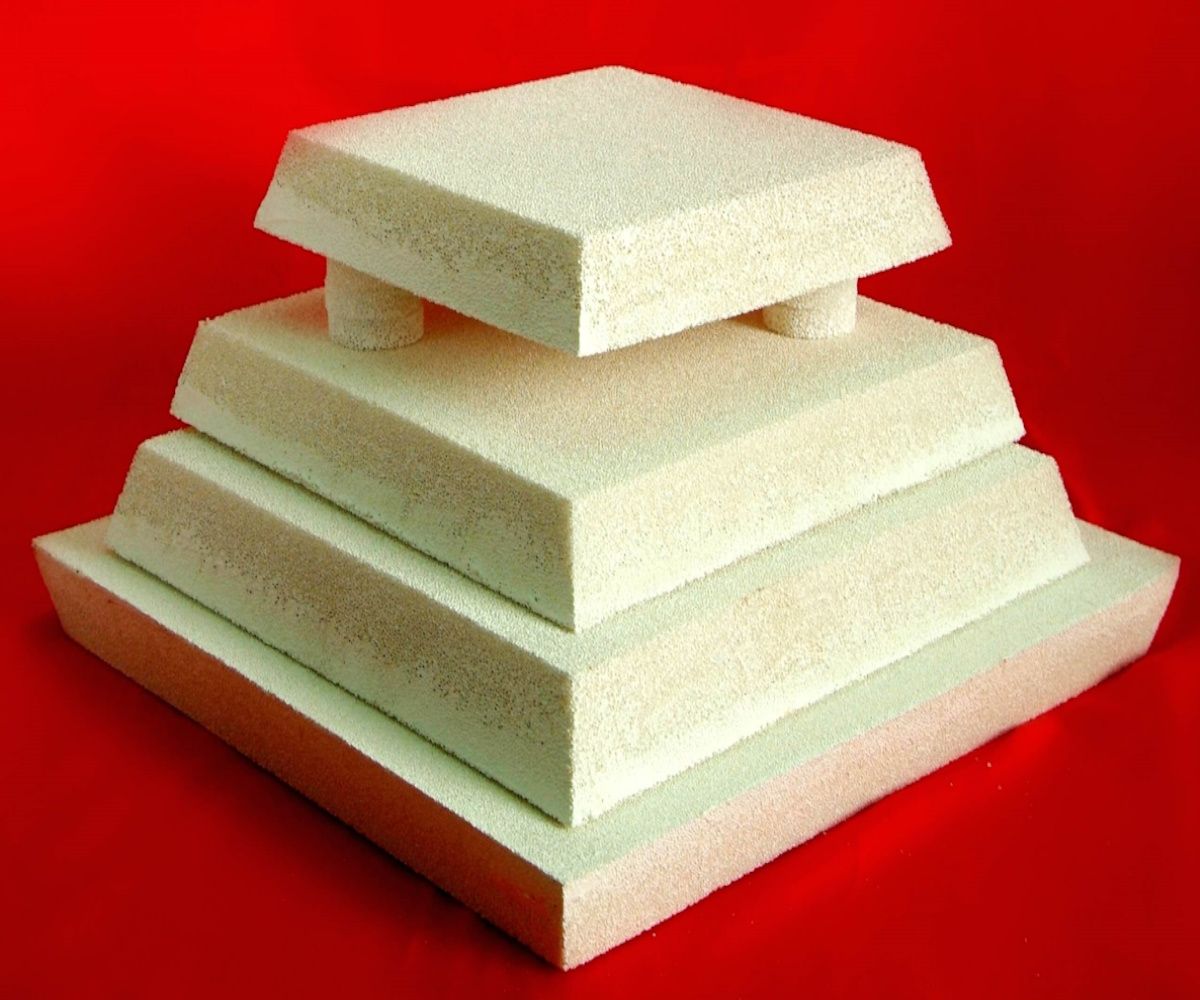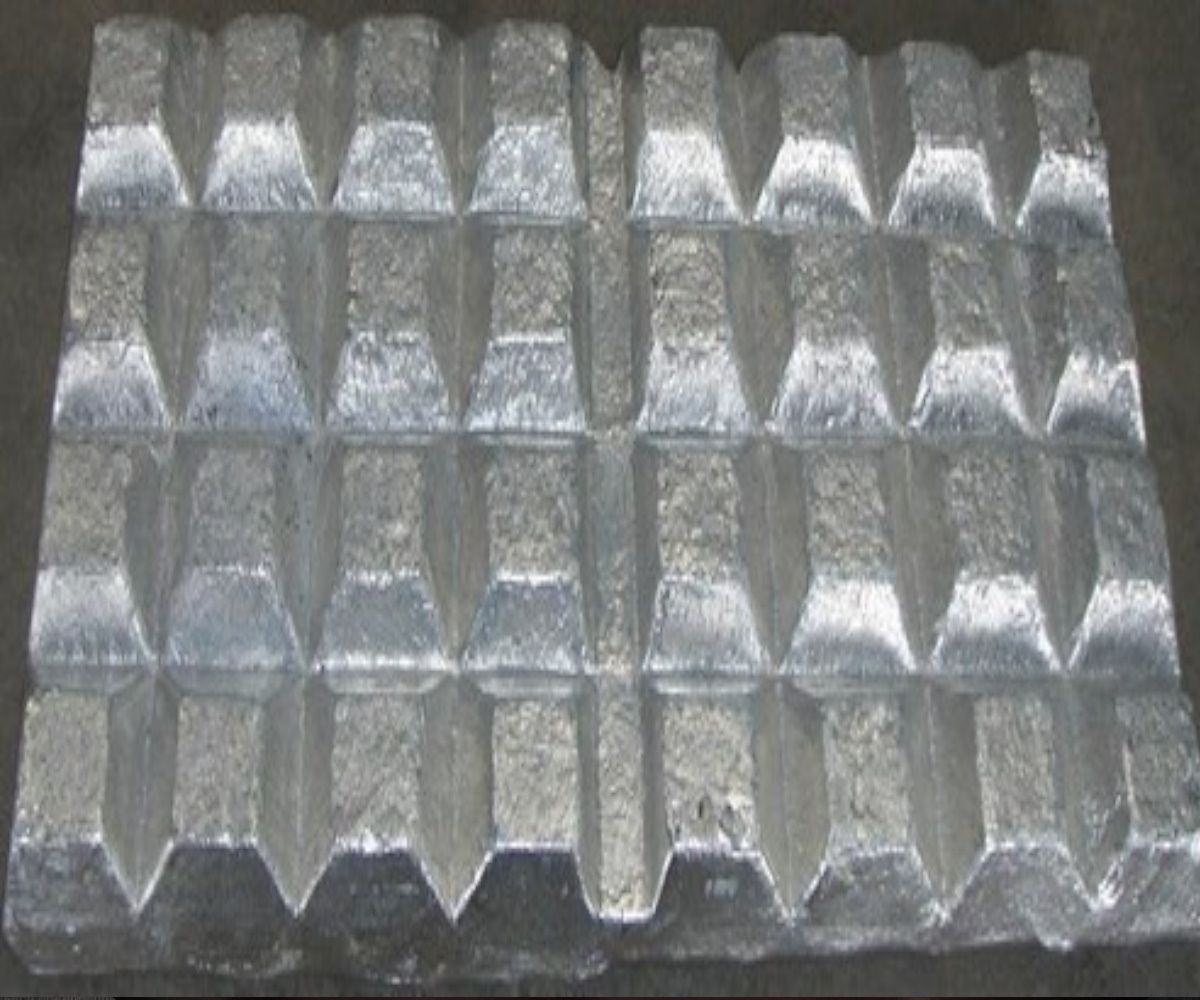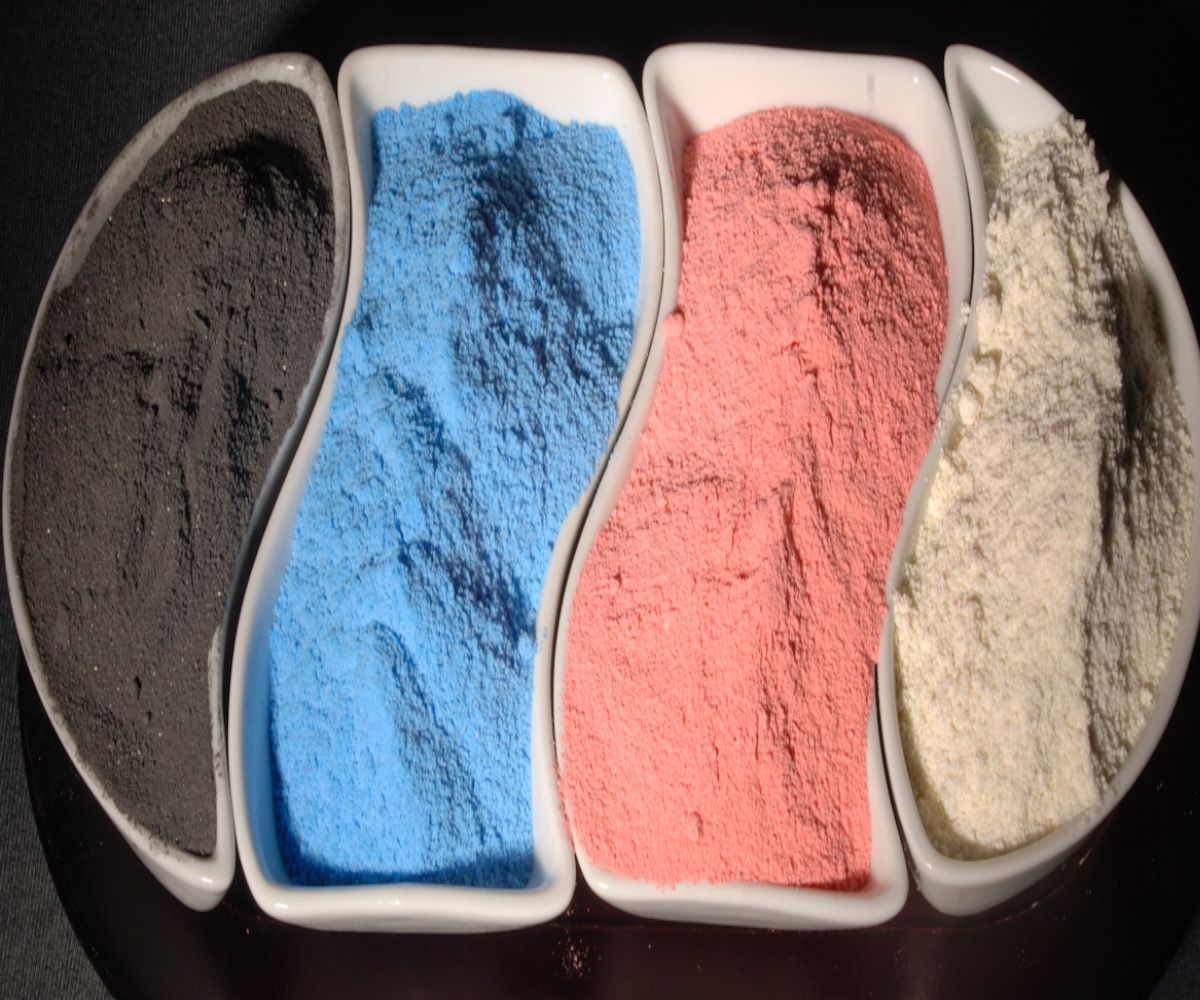Scot-Mag Ri Fused+ Granulated Fluxes
By: Scottish Chemical Industries| Price | Available on request |
| Category | Consumables |
| Manufacturer | Scottish Chemical Industries |
| Min Order Quantity | 500.00 KG |
| Delivery Lead Time | 7-10 Days |
| Place of Origin | Maharashtra, India |
| Supply Ability | Customization on Requirement |
| Packaging Details | 5 Kgs / Bag, 25 Kgs / Box 1 Ton / Jumbo Box |
| Transportation Details | Road / Ship Transport |
Description
SCOT-MAG flux removes non-metallic inclusions, hydrogen, sodium, calcium and lithium from liquid aluminium and aluminium alloys. SCOT - MAG flux is a synthetic anhydrous carnallite (KMgCl3, K2MgCl4, K3Mg2Cl7). It is produced in both fine particle and granular form. SCOT - MAG reacts quickly and efficiently to remove sodium, lithium and calcium from molten aluminium and aluminium alloys, as well as from refractory furnace linings. Sodium levels less than 1 ppm in high Mg aluminium alloys are attainable in the casting. SCOT - MAG flux removes various nonmetallic inclusions such as oxides, carbides and borides, and enhances degassing when injected.
Application
SCOT – MAG flux is usually used when the major objective is alkali (Na, Li, Ca) and non – metallic inclusion removal from all types of alloys in primary smelters.
Specifications
Recommended ranges for the application of SCOT-MAG flux are below. Exact requirements depend on the initial and targeted levels of inclusions, hydrogen, sodium, lithium and calcium. Shop-specific application rates are developed through experience. To remove nonmetallic inclusions, hydrogen and alkaline metals from molten aluminum in melting or holding furnaces, add between 250 grams to 1.0 kg of SCOT-MAG flux for each metric tonne of metal charge. Addition and stirring of SCOT - MAG flux by means of SCOT-Flux Injection Machine gives the highest refining efficiency.
Advantages:
a) Increases the extrusion speed and die life when extruding profiles
b) Reduces the number of breaks in continuous casting
c) Eliminates edge cracks when rolling high Mg aluminium alloys
d) Free of fluorides. Zero fluoride emissions.
e) Non-hazardous compound
f) Low melting point for rapid dispersion (<766°F, 480°C)
g) Less hygroscopic than magnesium
h) Replaces chlorine gas in furnace fluxing
i) Reduces the use of chlorine gas in in-line refining systems
j) Low application rates, typical 0.5 kg / MT aluminium
k) Keeps the furnace, launders, in-line degassers and casting nozzles free from sludge and dross built-up.
Other Products
Post requirements

















